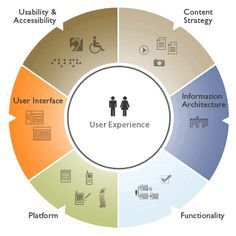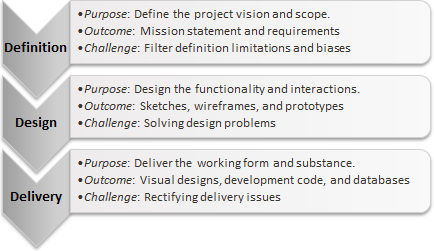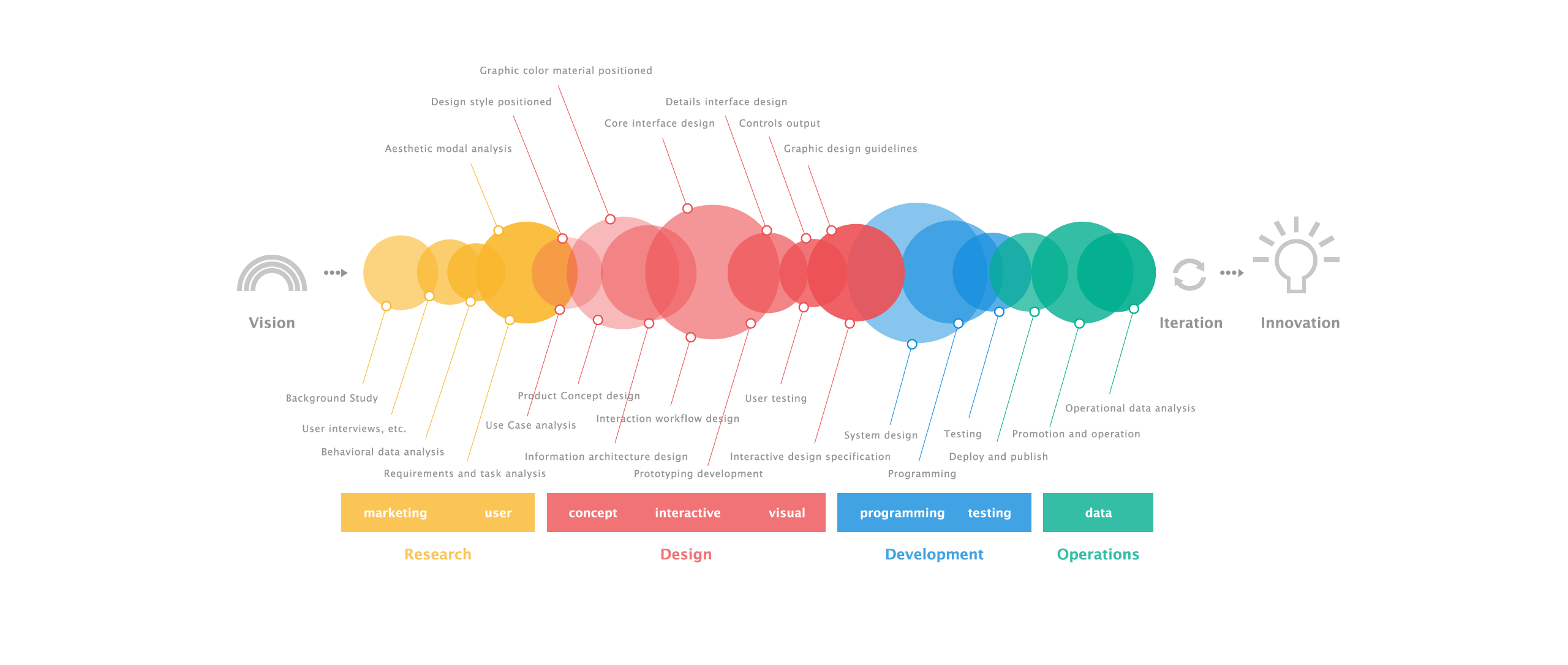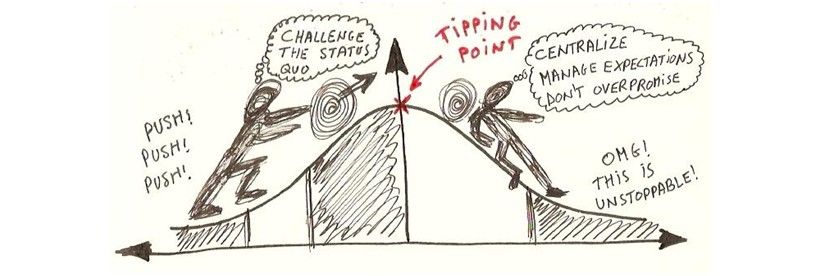The Tipping Point was postulated by the best-selling author Malcolm Gladwell. He wanted to examine change in society and he concluded that extreme changes happen both quickly and unexpectedly.
He came to the conclusion that new ideas can spread virally; in the same way that diseases can spread in epidemic patterns. There was a “tipping point” where a well-focused and well-targeted marketing effort (but without huge investment) could suddenly break out of a niche and reach the mass market without further effort because of word-of-mouth and other forms of social sharing.
It’s a powerful idea for UX designers and marketers. It means that without the resources of big companies; it is possible to break into and dominate markets by reaching the right people at the right time with your products and services.
The Tipping Point in a UX Context

© Unknown, Unknown
Jared M Spool says that; “The UX Tipping Point is the moment when an organization no longer compromises on well-designed user experiences.”
What does that mean? Well before companies reach that point, they’ll often pay a lot of lip service to UX and then go right ahead and ship a sub-standard experience to meet a deadline or to satisfy a release schedule. It’s the kind of organization where the UX team must dig deep and slowly advance their agenda.
Jared offers an evolutionary path that most businesses will follow to reach their UX tipping point:
The UX Dark Ages
The legacy organization built on past glories often has no concept of user experience at all. They’ve been making money, surely it will continue that way? The company focuses its efforts on adding features and meeting delivery timetables. That’s whether the users want/need those features or not.
Testing the UX Waters

© UX Matters, All rights reserved
Finally, somebody, somewhere, wakes up and realizes that there’s a problem and they wave their hands in the air and catch a senior manager’s attention for long enough to be given permission to test the waters. However, UX projects at this stage tend to be small and well-defined. Success is easy to come by too – after all, it’s better than no UX efforts whatsoever isn’t it? Sadly, it’s all too common that these efforts don’t fire the imagination of the rest of the management team. The successes they bring are local and short-lived.
The UX Money Train Arrives
The senior managers attend a conference or the CEO talks to a buddy on the golf course and the term UX is an appealing buzzword to them. They start spending some serious cash on UX. They hire consultants and maybe even some members of permanent staff. There’s money allocated to bigger UX projects. With a bit of luck these projects produce appreciable results and then there’s a little more cash made available. The idea of UX design starts to percolate in the consciousness of the many not just the few.
The UX Tipping Point
If UX is bringing results in a sustainable manner; finally the C-suite may decide to integrate UX with the organization as a whole. It’s cost-effective, certainly more so than hiring consultants on every project. The design takes a center-stage approach within the organization at this point. Over time, the tipping point is reached when the organization as a whole is no longer willing to compromise design excellence for temporary convenience.
The Final Stage – The Complete Integration of UX

© Bri UX, All rights reserved
Once this organizational tipping point is reached; UX and design aren’t separate from the organization–they’re what the organization is about. People work together to create great experiences for users, customers, suppliers, and employees alike. You can’t measure the cost of UX work anymore. It’s a constant part of everything they do.
Reaching this internal tipping point gives the business a much higher chance of reaching a real-world tipping point too. When UX becomes second nature, it’s much more likely that your customers will want to tell the world about your products and services.
Is There a Shortcut?
Yes, start-ups can move straight to the last point on the curve without slowly progressing through the stages. The best start-ups do just that. Companies like Buffer, Tinder, Evernote, etc. did just that. They created awesome user experiences and their brands became well known and well-loved almost overnight.
A start-up has no baggage. There’s no prevailing management attitude or memories of “the good old days when everything was different” to overcome. You can get straight into delivering awesome user experiences and building a culture beyond the UX Tipping Point overnight. That gives you a much greater chance of hitting a real world tipping point too.
Does Every Organization Reach the UX Tipping Point?
In a word, no. There are plenty of big companies that seem to keep trying and failing to reach it. Microsoft keeps shipping Windows flaws and all, for example. Even Windows 10, which was solidly built around user research unlike previous releases, wasn’t perfect. We think they’ll get there though – if the indications around the recent release of the latest Surface Pro are anything to go by.
What Needs to Be In Place to Reach a UX Tipping Point?
Great question. Jared M Spool offers these key ideas:
Organizational Intent
You can’t create great experiences by accident. You need to have a corporate vision for the experience you want to deliver. In turn this should enable the organization to realize that it has complete control over that experience.
A Clear Picture of the Current Experience
If your senior management team aren’t in the picture of what the current experience is like – how do you expect them to advocate for the right positive changes? If they can’t see a gap between intentions and actual delivery; they’ll assume that everything is fine.
Consideration of Impact
Decision makers need to be aware of the impact both positively and negatively of decisions they take. In particular they need to take care that they’re not setting the company up to degrade the user experience further down the line. Product roadmaps are usually ongoing. You have to look beyond the first bend in the road to make UX work long-term.
The Right Skills in the Right Places
If your team isn’t skilled enough to conduct user research and use the findings to create great experiences; there’s very little chance that a UX tipping point will ever be reached. Organizations must invest in the experience to deliver it.
The Take Away
Reaching a tipping point with your customers means reaching an internal tipping point for UX. Organizations that live and breathe experience and which won’t compromise on that experience – deliver products that it’s easy to adopt and tell the world about.
If an unknown author like J K Rowling or an unknown service, like Facebook once was, can reach a tipping point, so can anyone or any business as long as they deliver the experiences that customers love.
Resources
Hero Image: © Luc Galoppin, CC BY 2.0
Find out more about Malcolm Gladwell’s book The Tipping Point and how the ideas can benefit your UX work.
Read Jared M Spool’s ideas and his case study on Disney World’s latest UX success.











